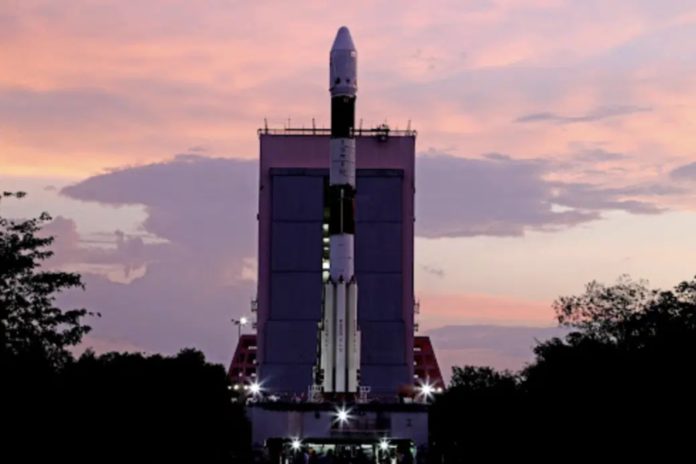India has once again made history in the realm of space exploration with the successful launch of its first solar mission, Aditya-L1. This remarkable achievement comes hot on the heels of the country’s unprecedented moon landing near the lunar south pole. Establishing India as a rising star in the global space community.
A Radiant Departure
On a sunny Saturday morning, the Aditya-L1 spacecraft embarked on its groundbreaking journey from the Sriharikota space center in southern India. Its destination? A strategic point in space known as L1, approximately 1.5 million kilometers (930,000 miles) away from Earth. This vantage point offers an uninterrupted view of the sun, setting the stage for in-depth solar observations.
Aditya-L1 is a sophisticated spacecraft equipped with seven specialized payloads designed to scrutinize various aspects of the sun. Including its corona, chromosphere, photosphere, and solar wind. These instruments will provide scientists with invaluable data to enhance our understanding of our nearest star.

A 125 day journey
After a meticulously planned launch operation that took over an hour, the Indian Space Research Organization (ISRO) declared the mission a resounding success. The satellite has been placed precisely into its intended orbit. Commencing its 125-day journey to the Sun-Earth L1 point.
India’s previous milestone in space exploration was the successful landing of a spacecraft near the moon’s south pole in August. Marking the country’s emergence as the fourth nation globally to achieve this feat. This accomplishment underscored India’s growing prominence in space exploration and its capacity for tackling challenging missions.
Celebrating Success
Jitendra Singh, India’s junior minister for science and technology, lauded the efforts of ISRO officials and expressed his excitement, deeming this mission a “sunshine moment” for India. The dual achievements of the moon landing and the sun study mission are poised to elevate ISRO’s reputation on the global stage.

Aditya-L1’s mission goes beyond scientific curiosity. Once stationed at its designated position, the satellite will provide crucial early warnings about heightened solar activity, such as solar flares and eruptions. These events can potentially disrupt power grids on Earth and jeopardize both satellite communications and space station operations. By delivering timely alerts, Aditya-L1 will contribute significantly to safeguarding our technological infrastructure and astronauts living in space stations.
A New Dawn for ISRO
In the words of Manish Purohit, a former scientist at ISRO, the mission represents a milestone that will transform ISRO’s global image. The seven payloads on board will capture the sun’s intricate details in various spectra, ensuring that we do not miss any significant solar phenomena. It’s akin to obtaining black and white, color, and high-definition images of the sun in 4K resolution.
As spectators cheered during the launch, it was evident that the Aditya-L1 mission had captured the imagination and pride of the Indian populace. This ambitious endeavor has not only set a high bar for ISRO but also reaffirmed India’s commitment to pushing the boundaries of space exploration. With Aditya-L1’s mission underway, the future holds exciting prospects for advancing our understanding of the sun and its profound impact on our planet.
Stay tuned to Brandsynario for the latest news and updates.







































